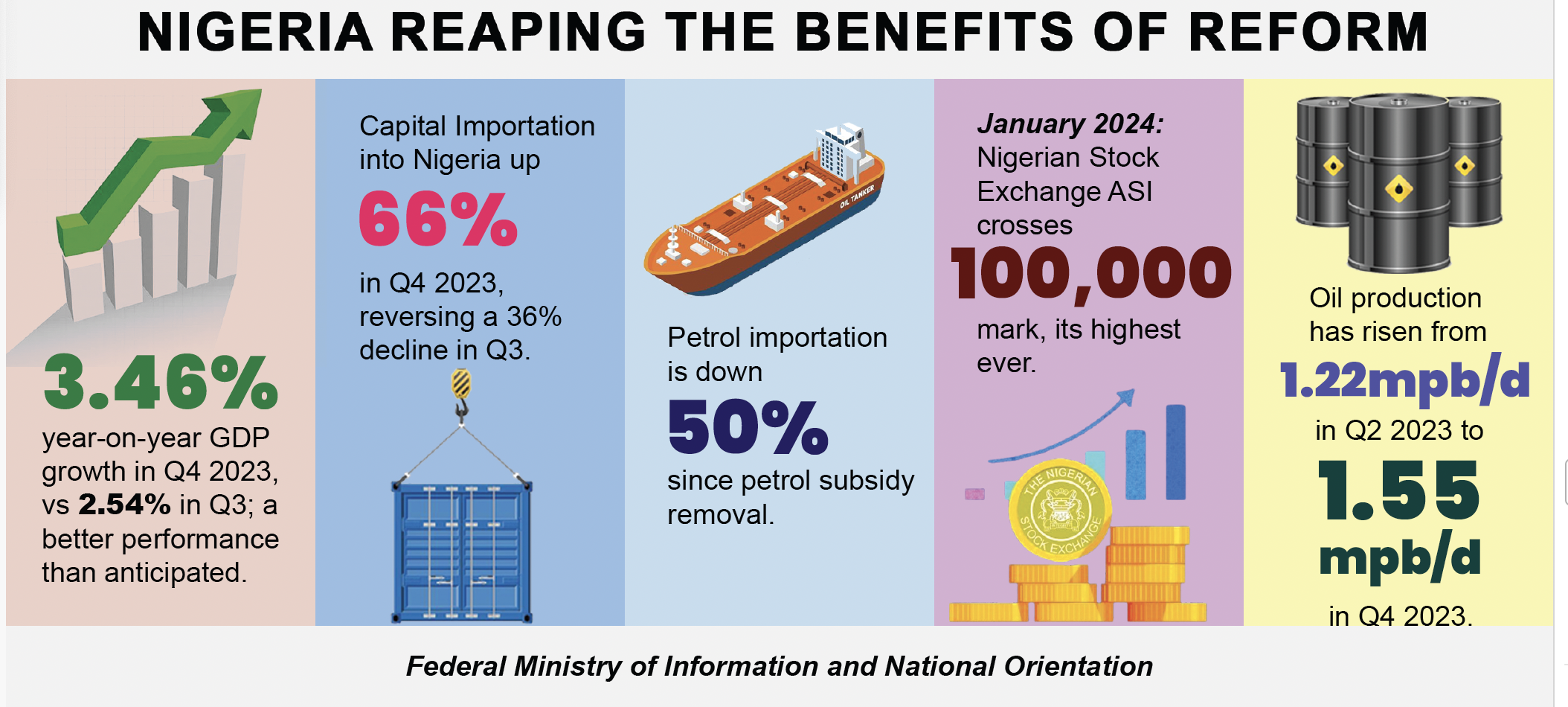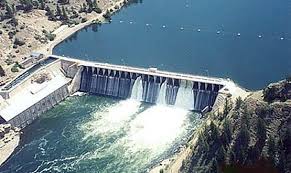Nigeria on Thursday in Sweden was applauded for her efforts in constructing the multi-billion naira Kashimbilla dam as one of the global example of connecting the nexus of food, water and energy.
Speaking at the African Focus Day at the 24th edition of the World Water Week in Stockholm, Sweden, Minister of Water Resources, Mrs Sarah Reng Ochekpe said that the Dam which cost the federal government $1 billion would generate about 30 mega watt of electricity to Benue and Taraba states.
Ochekpe said that the project was undertaken by the government as a preventive measure to cushion the likely eventual breakage of Lake Nyos in the Cameroun would also be used for irrigation purposes.
The Kashimbilla/Gamovo Buffer Dam and Associated Structures in Taraba State of Nigeria is a multipurpose dam, principally designed to check the threat of the flood anticipated from the imminent break of the structurally weak volcanic Lake Nyos, situated upstream along the Cameroun line of volcanic activity; the Kashimbilla Dam project is therefore a proactive preemptive response by the Federal Government of Nigeria to the report of the United Nations Environmental Programme (UNEP) of great catastrophe that might result from imminent collapse of Lake Nyos.

Lake Nyos is a deep lake high on the flank of an inactive volcano in the Oku volcanic plain along the Cameroon line of volcanic activity. A volcanic dam impounds the lake waters.
A pocket of magma lies beneath the lake and leaks carbon dioxide (CO2) into the water, changing it into carbonic acid. Nyos is one of only three known exploding lakes to be saturated with carbon dioxide in this way, the others being Lake Monoun, also in Cameroon, and Lake Kivu in Democratic Republic of Congo.
She said that Kashimbilla Dam Project was conceived with the principles of integrated water resources management in mind understanding that water drives the economic and social development of nations and has a basic function in maintaining the integrity of the environment.
“In developing the Kashimbilla Dam project, a holistic approach to water management in which many different aspects are closely connected and work successfully together was adopted,” she said.
Ochekpe said that the Kashimbilla multipurpose dam project has three components comprising of 40MW hydropower which would utilize about 140 m3/second, water supply component including a water treatment plant with a capacity of 60,000m3 /day to provide water to about 400,000 people, irrigation component designed to utilize 86,400m3/day to irrigate about 2000ha of farmland.
There are also ample provisions for fisheries development, tourism and provision of water for sustenance of the environment and for downstream residents.
“A process which promotes the coordinated development and management of water, land and related resources has been adopted in order to maximize the resultant economic activities and social welfare of benefitting communities in an equitable manner taking due cognizance the sustainability of vital ecosystems, in line with the Global Water Partnership’s definition of Integrated Water Resources Management,” she added.
Participants at the conference were particularly impressed by the Federal Government’s 100% funding of the project.
The prompt response of government of Nigeria to the warning given by the UNEP report of the devastating effect of an eventual breakup of Lake Nyos was highly commended by the participants.


